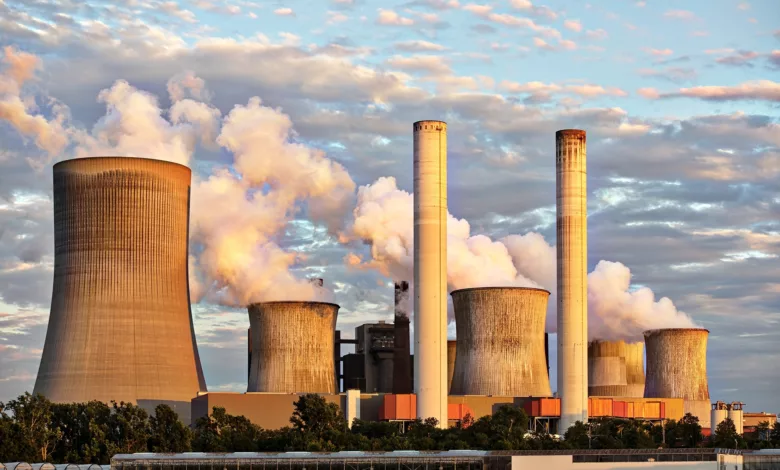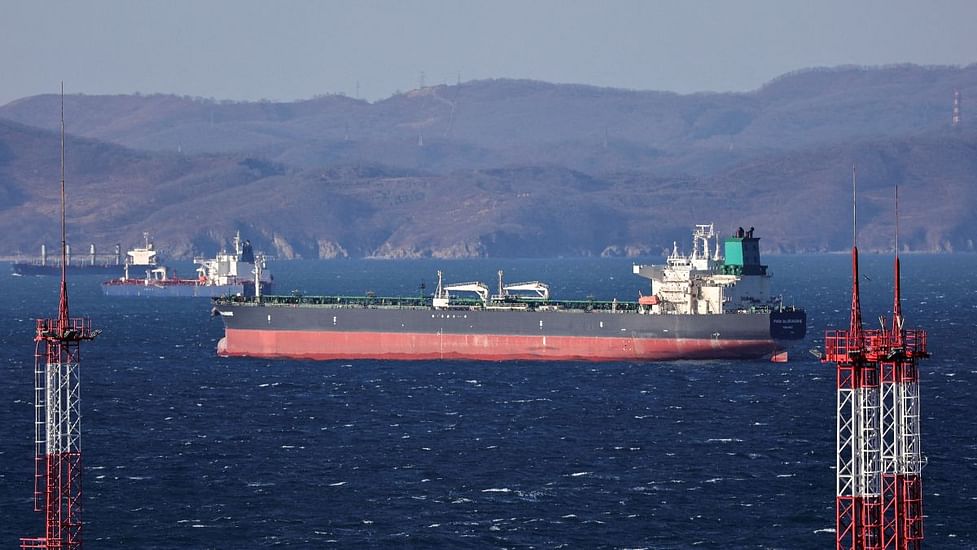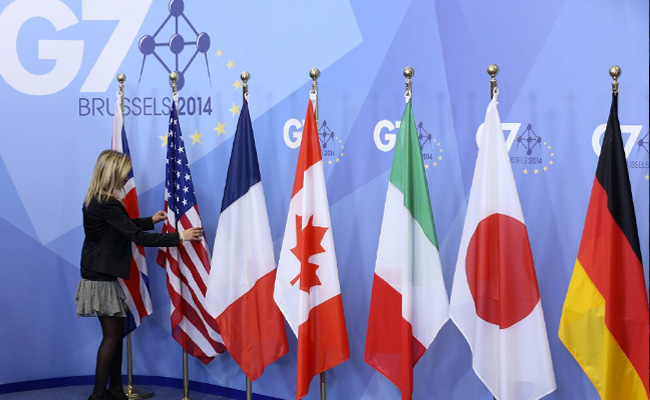G7 Will Review The Price Cap Level On Russian Oil In March: US Treasury

G7 has agreed to review the level of the price cap for Russian crude exports in March, later than originally planned, to allow time for the market to assess after additional caps are placed on oil products from Russia, the US Treasury said on Friday. On December 5, Australia, the G7 economies, and the European Union agreed to ban the use of Western marine insurance, finance, and brokerage for seaborne Russian oil above $60 a barrel as part of Western sanctions against Moscow for its invasion of Russia on Ukraine.
The coalition plans to set two limits on Russian oil products on February 5, one for products that trade at the price of oil. The Coalition originally planned to review the cap sometime in February, two months after it was introduced. Treasury officials said the oil price cap has two goals: to reduce Russia’s revenue by institutionalizing deep discounts on its oil bought by major consumers such as China and India and to ensure that world oil markets are well provided with.
The G7 provides global leadership and serves as a powerful catalyst on issues that are later taken up by other forums with a broader membership. The G7 strengthened international economic and security policies, advanced the debate on global issues including climate change and gender equality, brought together donors, and supported disarmament agendas. More recently, the G7 has been working to address the COVID-19 pandemic and respond to Russia’s illegal invasion of Ukraine.

Russian History In G8
On 24 March 2014, G7 members canceled the G8 summit that was to be conducted in the Russian city of Sochi in June of that year and suspended their membership in the group. It was because Russia captured Crimea; yet they stopped short of outright permanent banishment. Sergei Lavrov, the Russian Foreign Minister modulated the status of the decisions of the US and its allies, pointing out that the G20 countries made the major international decisions.
Dependence on Russian oil
Russia is the world’s third-largest oil producer behind the United States and Saudi Arabia. Approximately 750 kb/d is delivered to Europe via the Druzhba pipeline system. In November 2021, Europe imported 3.1 mb/d of crude oil (34% of total imports) and 1.3 mb/d of other oil products from Russia. Germany is the largest European oil importer (OECD) with 0.56 mb/d of crude oil and 0.090 mb/d of other mineral oil. Its average consumption in 2021 was 1.85 mb/d.
The invasion of Ukraine by Russian troops on February 24, 2022, has not yet led to a loss of oil supplies to the market. Exports of petroleum products totaled 2.85 mb/d, of which 1.1 mb/d of gas oil, 500 kb/d of diesel, 650 kb/d of fuel oil, and 280 kb/d of vacuum gas oil (VGO). Gasoline, LPG, jet fuel, and petroleum coke accounted for the remaining 350 kb/d.

OECD Europe imports about 60% of Russia’s oil, with another 20% going to China.
Around 750 kb/d of crude oil is supplied to Europe via the Druzhba pipeline. China is the single largest consumer of Russian oil, taking an average of 1.6 mb/d of oil in 2021, split evenly between pipeline and sea routes. Most Russian oil exports to Europe are now banned, marking the West’s boldest effort yet to put pressure on Russia.
The oil embargo came into force in the European Union on Monday. It was accompanied by a new price ceiling for Russian oil set by the G7 countries. This is designed to limit the Kremlin’s income while allowing countries like China and India to continue buying Russian oil, provided they don’t pay more than $60 a barrel.
Despite unprecedented Western sanctions, Russia’s economy and government coffers have been padded by its lucrative position as the world’s second-largest oil exporter behind Saudi Arabia.
Europe hopes that by quickly ending imports, it will limit the inflow to Putin’s war chest, making it more difficult for him to continue the war in Ukraine.
India and China have walked in to buy excess barrels. This is where the price ceiling comes into play. The G7 countries do not want Russian oil to be taken off the market completely. They hope that enacting a price cap will keep the barrels flowing, but reduce the profitability of the trade for Moscow.
)
Will It work?
That is far from certain. Countries such as Poland and Estonia wanted a lower price ceiling, stressing that $60 was too close to the current market price of Russian oil. Russian Urals crude was trading just below $64 a barrel at the end of September.
Estonian Foreign Minister Urmas Reinsalu wrote on Twitter on Friday. “Why are we still willing to fund the Russian war machine?” Enforcement can also be difficult.
“The capacity in this fleet is growing and could probably handle Russian volumes for some time,” said Richard Bronze, head of geopolitics at research firm Energy Aspects.
Kremlin spokesman Dmitry Peskov said Monday that Moscow “will not recognize any price caps.” Russian Deputy Prime Minister Alexander Novak said on Sunday that Russia will not export oil to countries that respect the limit, even if it means cutting production. According to the IEA, Moscow needs to find replacement customers for the 1.1 million barrels of oil per day that still flowed into Europe.
A price cap increases uncertainty. Potential customers may decide that buying Russian cargo has become too risky and complicated, thereby removing another batch of buyers from the market. The IEA estimates that Russia will cut production by another 1.4 million barrels per day by early 2023.
Other factors will also determine prices. Protests in China are a legit question about the country’s pledge to a “zero Covid” policy. OPEC could also change its output.
A European embargo on refined petroleum products in February could also be a flashpoint for energy prices as the region remains dependent on Russian oil. Finding alternative sources in just two months can be tricky.
edited and proofread by nikita sharma




